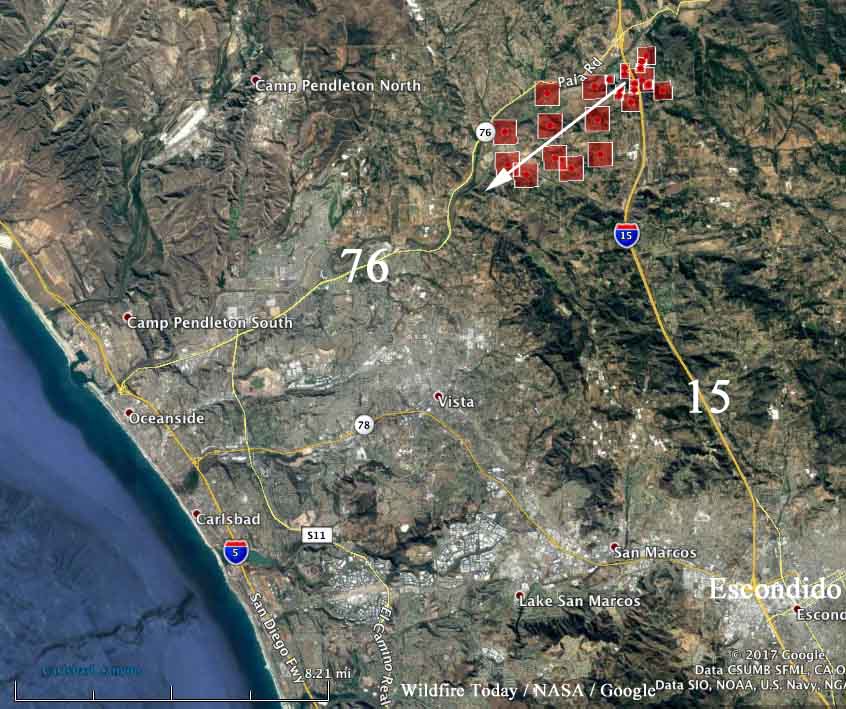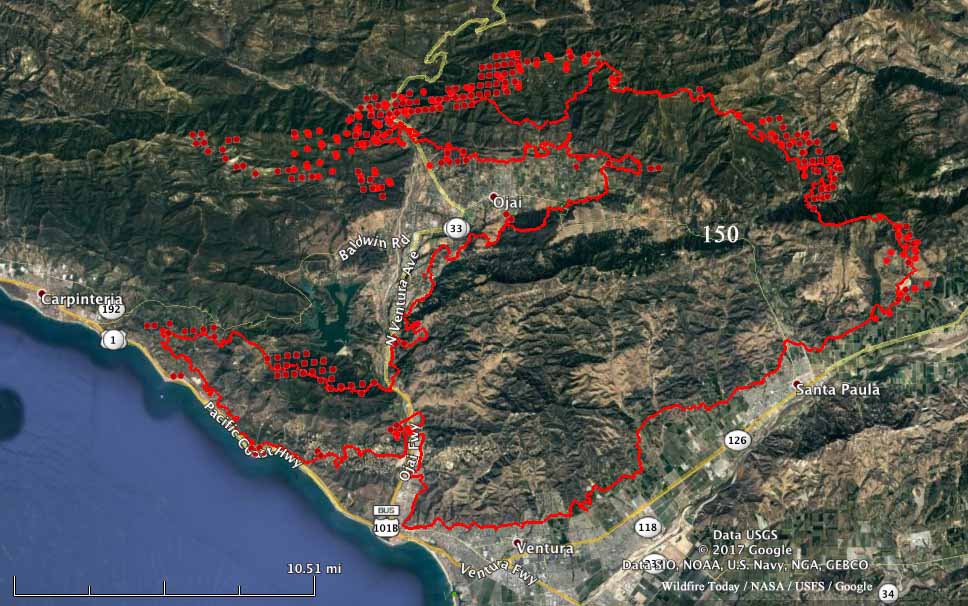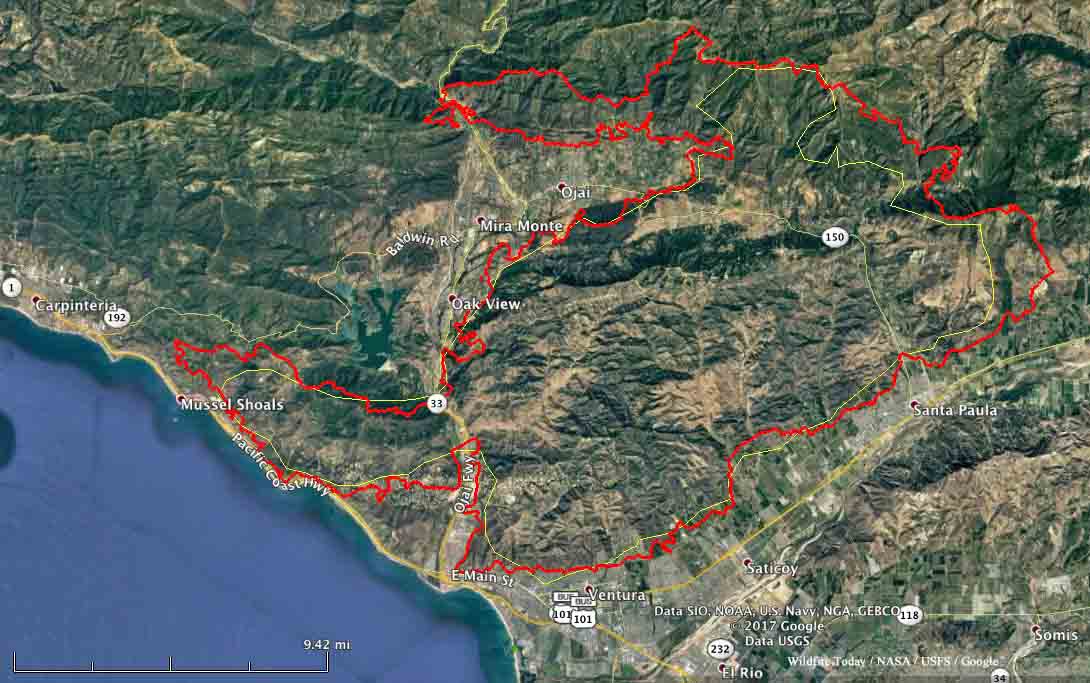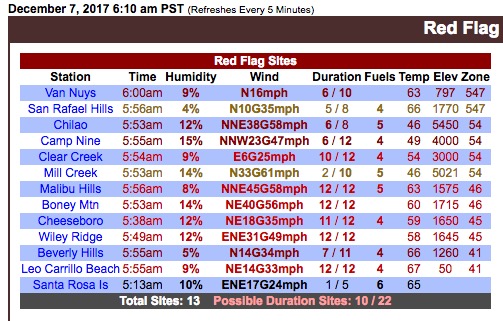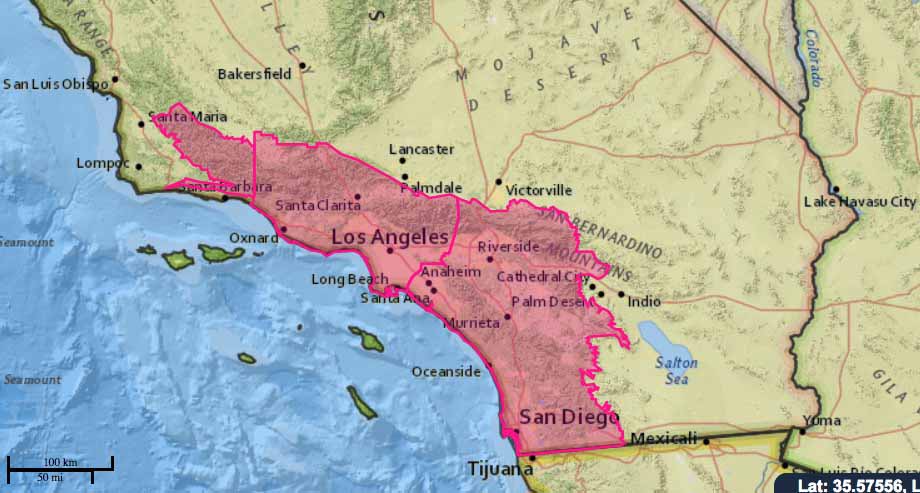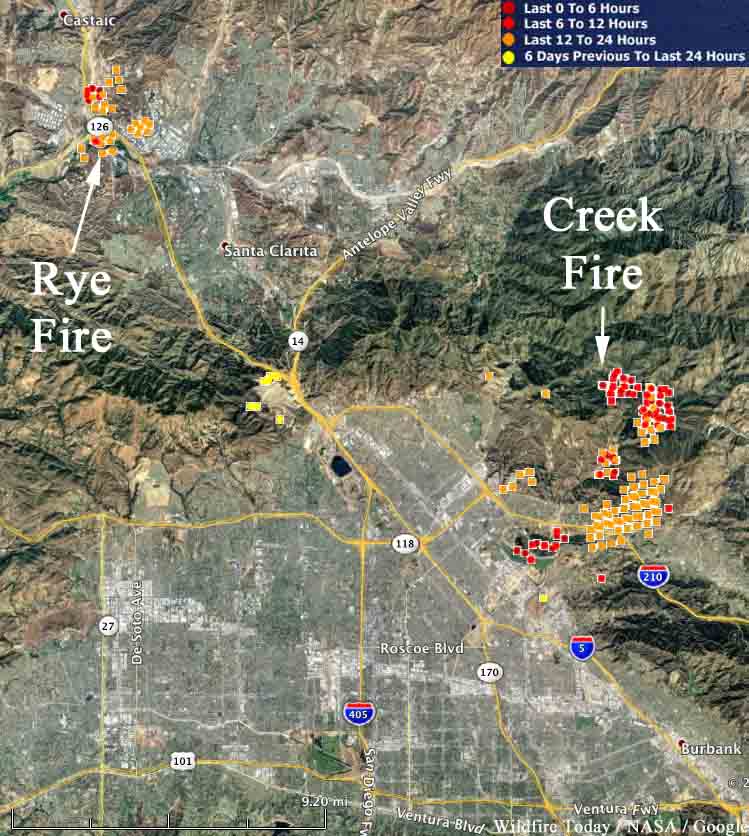Above: Map of the Lilac Fire at 12:01 a.m. PST December 8, 2017.
(UPDATED at 5:12 a.m. PST December 9, 2017)
There were no significant changes in the perimeter of the Lilac Fire on December 8. Firefighters were able to make progress on containment lines due to favorable weather conditions.
CAL FIRE and Cal OES damage assessment teams have started their inspections. At last count 105 structures were destroyed. Friday morning CAL FIRE Incident Management Team 1 assumed command. The team is in unified command with Oceanside Fire Department, Vista Fire Department, North County Fire Protection District and the San Diego County Sheriff Department.
The official size, according to CAL FIRE, is 4,100 acres.
****
(UPDATED at 5:47 p.m. PST December 8, 2017)
#LilacFire [update] Please see attached images for a news release regarding repopulation. pic.twitter.com/8ZnlmMXR5v
— CAL FIRE SAN DIEGO (@CALFIRESANDIEGO) December 9, 2017
****
(Originally published at 8:51 a.m. PST December 8, 2017)
Fire officials said 65 structures have been destroyed in the 4,100-acre Lilac Fire southwest of Temecula, California. After it started at 11:15 a.m. Thursday at Interstate 15 near the intersection of Highway 76 it was pushed along the Highway 76 corridor by strong Santa Ana winds. By midnight it had spread for 6 miles to the southwest almost enveloping the community of Bonsall.
(All articles on Wildfire Today about the Lilac Fire can be found HERE.)
Many of the destroyed structures were in a mobile home park southwest of the I. 15/Hwy. 76 intersection.
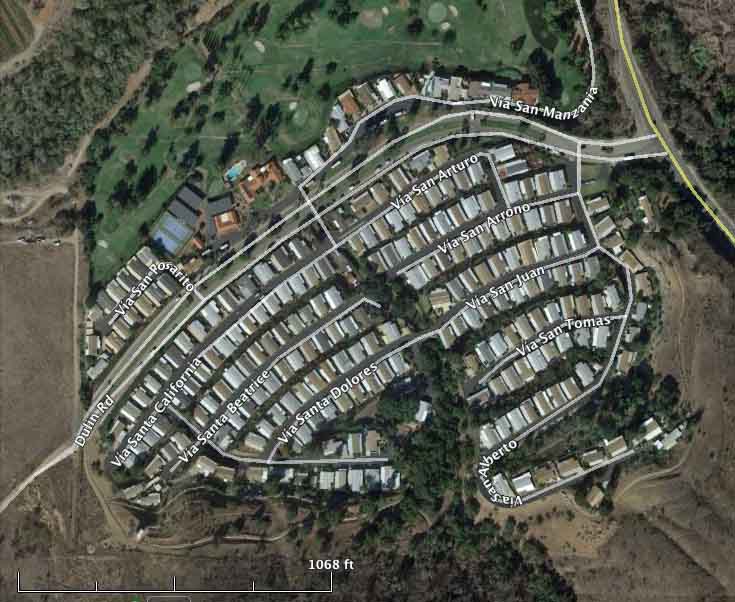
The video below, recorded Thursday evening, shows the fire within the mobile home park.
Three civilians suffered burn injuries before they were able to evacuate from the rapidly spreading fire. Two firefighters were also injured, but not from burns.
Many areas are still under mandatory evacuation orders.
Firefighters are using military helicopters from Camp Pendleton and Naval Air Station North Island during the day and night flying helicopters from San Diego Fire-Rescue at night.
NBC7 in San Diego reported that several hundred race horses at the San Luis Rey Downs training facility east of Bonsall were turned loose to fend for themselves since there was not enough time to load all of them into trucks or trailers and transport them to safety. Not all of them survived.



